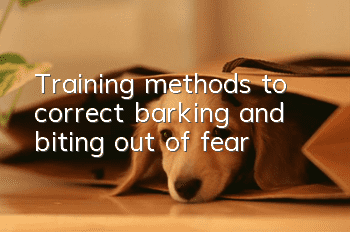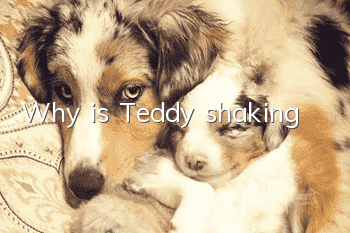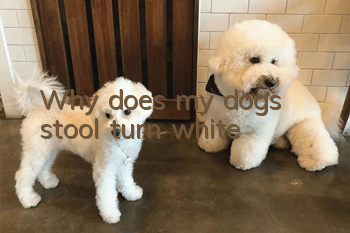Training methods to correct “barking and biting out of fear”

Although a dog barking and biting in response to aggression may look similar to an aggressive dog, this type of aggressive bite has different causes and requires different methods of correction. Dogs that bark out of fear are more sensitive than aggressive animals and prefer to curl up behind their owner's legs. This problem is often caused by insufficient socialization of individual animals, but it can also be genetic.
Suitable age: 2 months-5 months
Training goal: Dogs that are prone to fearful barking have learned their distrust of humans from their own experiences. Let the dog learn to trust humans so that he will not bark or bite when he is afraid.
Applicable dog breeds: all dog breeds
Equipment: long leash | collar | toys | snacks
Level: Elementary school (entry level) - corrective training
Training cycle: 10 minutes*7 times
Steps to correct “fear-based barking and biting”:
Step One:The behavior of a dog that barks out of fear will be complicated. It may be crouched close to its owner, wagging its tail submissively, but may suddenly lunge forward when frightened. Dogs with this problem often have low self-confidence. Reinforcing your authority during training will only cause your dog to lose more and more confidence.
Second step:The training method is: you can ask your friends for help. Of course, a professional dog trainer is better, and the training should be done slowly and carefully. Don't feed it before each exercise, and keep it on a long leash. Your friend should walk away with the food.
Step 3: Ask your friend or dog trainer to put the food in the palm of your hand and let the dog walk over. Ask your friend not to talk to the dog, but to kneel down with their back to the dog and avoid making eye contact.
Step 4:Repeat steps 2 and 3 a few times, then ask your friend to turn their body slightly and repeat a few more times while still holding food in their hands. At this point, your friend still cannot make eye contact with the dog.
Step 5: After a few days of successful training, you can move on to the next training phase. Repeat steps two and three with your friend still kneeling on the ground, but this time facing the dog while feeding him.
- What causes yellow urine in dogs?
- Why is the Teddy dog lame inexplicably? A must-read for pet owners!
- 4 solutions to dog constipation
- Causes of bloating in pets
- Why do dogs grind their teeth?
- Causes of canine brucellosis | Diagnosis | Prevention and treatment methods
- What are the signs of pregnancy in dogs?
- What should I do if my Shiba Inu is picky? How to correct the picky eating behavior of Shiba Inu?
- What to look out for when buying a pug
- How to correct these bad behaviors in dogs



